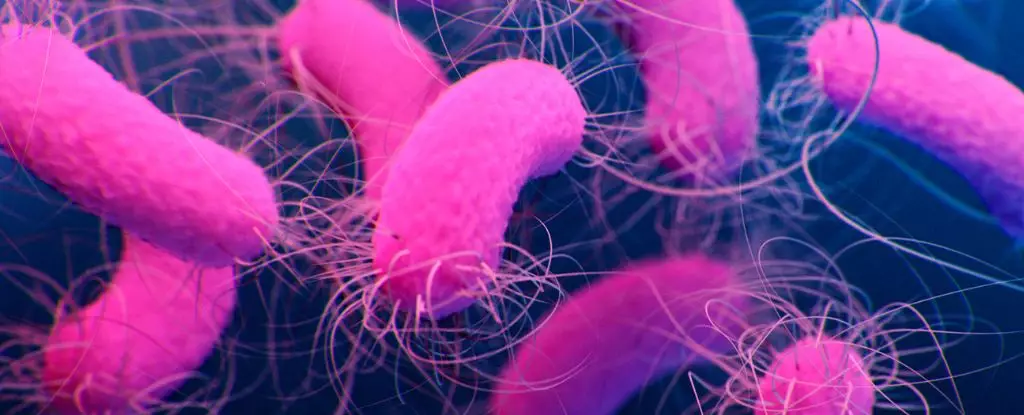The discovery of antibiotics in 1928 revolutionized medical practice and saved countless lives by combating infectious diseases. However, the overuse of antibiotics has led to the rise of superbugs, which are resistant to these drugs. This poses a significant threat to global public health, as highlighted by the World Health Organization.
While the development of new antibiotics is crucial to address antibiotic resistance, researchers are now exploring alternative ways to combat bacterial infections. Recent studies have revealed that nonantibiotic drugs, traditionally used for conditions such as cancer, diabetes, and depression, possess antibacterial properties. These drugs target bacteria in unique ways that differ from conventional antibiotics, offering a potential source of new antibiotic leads.
In a groundbreaking study, researchers employed a novel machine learning method to investigate how nonantibiotic drugs kill bacteria and identify new bacterial targets for antibiotics. By analyzing nearly 2 million instances of toxicity between various drugs and mutant bacteria, researchers were able to group drugs based on their mechanisms of action. Surprisingly, nonantibiotic drugs formed distinct clusters separate from traditional antibiotics, indicating different modes of bacterial cell killing.
One of the key findings of the research was the discovery of specific bacterial proteins targeted by nonantibiotic drugs. For example, triclabendazole, a drug used to treat parasite infections, was found to target a unique bacterial protein not typically affected by current antibiotics. This revelation opens up new avenues for drug discovery and suggests that there are untapped opportunities to develop antibiotics with novel mechanisms of action.
Combating Antibiotic Resistance
The integration of genetic screening and machine learning in drug discovery presents a promising approach to address the challenge of antibiotic resistance. By mapping the similarities between different drugs and identifying shared mechanisms of action, researchers can pinpoint chemicals that kill bacteria in unexplored ways. This method offers a more efficient and targeted way to develop antibiotics, minimizing the need for extensive screening of thousands of chemicals.
Future Directions
The study highlights the importance of exploring diverse strategies to combat bacterial infections and antibiotic resistance. By leveraging the antibacterial properties of nonantibiotic drugs and identifying novel drug targets, researchers can pave the way for the development of innovative antibiotics. This research opens up new possibilities for tackling the growing threat of superbugs and ensuring the efficacy of antibiotics for future generations.
The future of antibiotics lies in innovative approaches that go beyond traditional drug discovery methods. By harnessing the power of nonantibiotic drugs and cutting-edge technologies such as machine learning, researchers can unlock new ways to kill bacteria and combat antibiotic resistance. These advancements offer hope in the ongoing battle against infectious diseases and underscore the importance of continuous research and innovation in the field of antibiotic development.


Leave a Reply